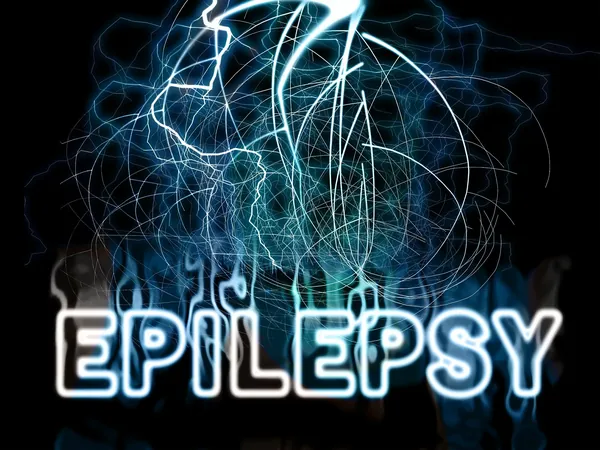
Revolutionizing Epilepsy Care: New Classification System Simplifies Seizure Types
2025-05-15
Author: Arjun
A Groundbreaking Update for Epilepsy Classification
The International League Against Epilepsy (ILAE) is changing the game with an updated classification for epileptic seizures, aiming to simplify communication among healthcare professionals globally. This fresh approach builds on a framework introduced in 2017, striving to establish a unified language in epilepsy care.
Published in the journal *Epilepsia*, the position paper titled "Updated Classification of Epileptic Seizures" advocates for a more coherent understanding, with ILAE President J. Helen Cross stating, "The primary goal is to create a common vernacular that enhances clinical practice across various settings."
Key Changes to the Classification System
This latest update significantly streamlines the prior classification from 63 seizure types down to just 21, categorizing them into four main classes: focal, generalized, unknown, and unclassified.
Six notable modifications include: 1. The removal of "onset" from the names of major seizure classes. 2. A clear distinction between classifiers and descriptors—classifiers relate to biological classes affecting clinical management, while descriptors detail specific seizure features. 3. The term "consciousness" replaces "awareness" for a more accurate depiction of a seizure's effects. 4. Observable manifestations are now prioritized over the outdated motor vs. non-motor divide. 5. Seizures are classified based on the sequence of symptoms rather than the first sign alone. 6. Recognition of epileptic negative myoclonus as an official seizure type.
Sándor Beniczky, co-chair of the ILAE Task Force, asserts, "These updates refine the overall classification framework, enhancing its versatility across clinical environments."
A Comprehensive Review Process
A dedicated working group of 37 experts analyzed the real-world effectiveness of the previous classification, leveraging a systematic review to highlight its strengths and shortcomings. Updates emerged from a collaborative process that demanded substantial consensus.
During a public commenting phase on the ILAE website, feedback from healthcare professionals was actively integrated, ensuring the final version—approved by the ILAE Executive Committee—met practical needs.
Widespread Applicability and Clarity
"The updated classification is designed to be effective across all levels of care, from primary providers to specialized epilepsy centers," emphasizes Trinka. With a focus on coherence and consistency in medical terminology, seizure types are now numbered for better cataloging and multilingual access.
Translations and Global Relevance
The classification's accessibility extends beyond English, with translations now available in Arabic, Chinese, Danish, French, and several other languages, ensuring a broader global reach.
Note: Seizures in neonates are not covered under this update; they are addressed in a separate position paper from 2021.
This major step forward in seizure classification not only aims to facilitate clearer communication and understanding but also promises to enhance the quality of care for individuals affected by epilepsy worldwide.


 Brasil (PT)
Brasil (PT)
 Canada (EN)
Canada (EN)
 Chile (ES)
Chile (ES)
 Česko (CS)
Česko (CS)
 대한민국 (KO)
대한민국 (KO)
 España (ES)
España (ES)
 France (FR)
France (FR)
 Hong Kong (EN)
Hong Kong (EN)
 Italia (IT)
Italia (IT)
 日本 (JA)
日本 (JA)
 Magyarország (HU)
Magyarország (HU)
 Norge (NO)
Norge (NO)
 Polska (PL)
Polska (PL)
 Schweiz (DE)
Schweiz (DE)
 Singapore (EN)
Singapore (EN)
 Sverige (SV)
Sverige (SV)
 Suomi (FI)
Suomi (FI)
 Türkiye (TR)
Türkiye (TR)
 الإمارات العربية المتحدة (AR)
الإمارات العربية المتحدة (AR)